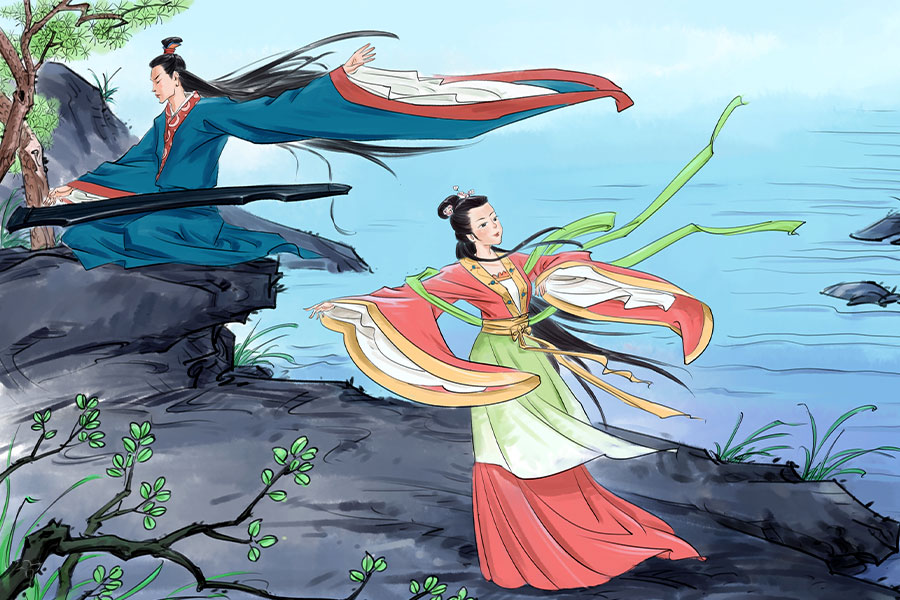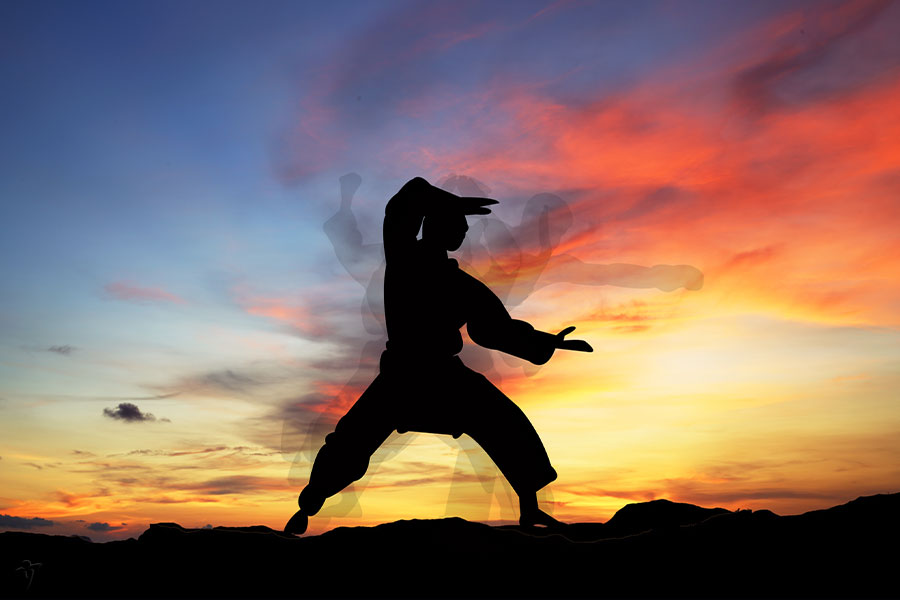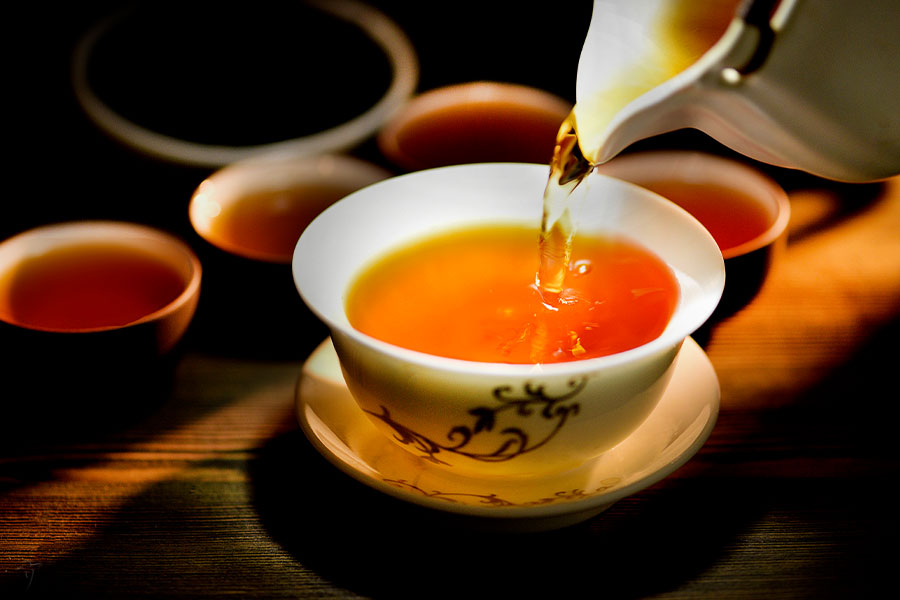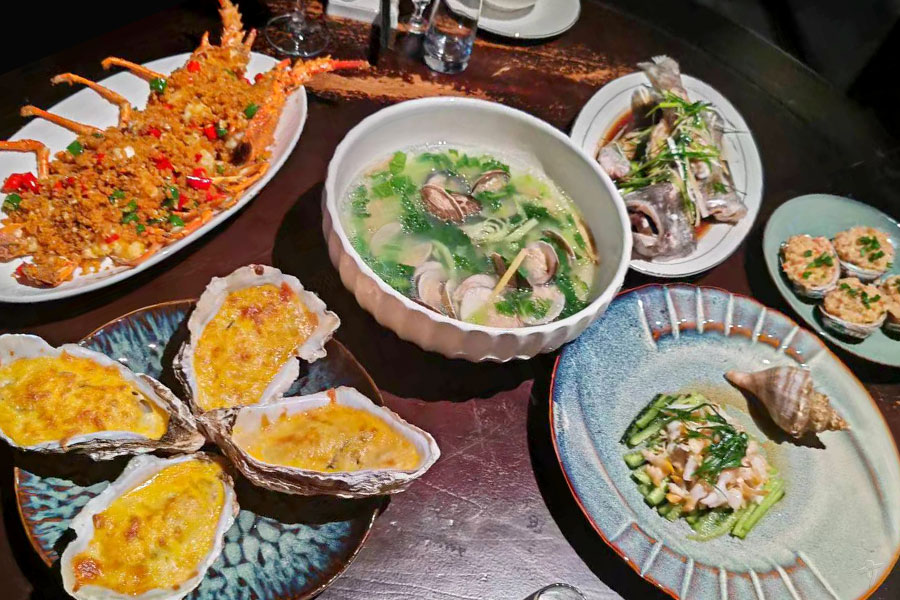A Brief History of Chinese Music

Chinese music interwove with dances in its early time, and developed into an independent art category in Xia Dynasty (2000 BC - 1600 BC) which is also the beginning of the times of bells and drums lasting for 1300 years. The enjoyment of music is the privilege of upper class at that time, and the content is generally the praises for the conqueror of the nature, the nobles and the governor. Percussion instrument emerged in Shang Dynasty (1600 BC - 1100 BC), for example, the Bianzhong (a set of hanging bronze bells for polyphonic musical sounds). And in Zhou Dynasty (1046 BC- 256 BC), a complete ritual music system was established.
Grand songs and dances or Daqu in Chinese is the main style of music from Qin Dynasty (221 BC - 206 BC) to Tang Dynasty (618 - 907). In Qin and Han dynasties, it was the time for Yuefu Songs (folk songs collected by government) and Xianghe songs (a lead singer with harmony singers accompanied by some string and wind instruments). In Tang Dynasty, many music education institutions were established officially and grand songs and dances came to its prosperous day, of which the “song of rainbow skirts and feather robes” (Chinese:霓裳羽衣曲) was the most famous one created by Emperor Xuanzong (712 - 756) of Tang Dynasty; And Pipa is the most important instruments at that time. It is also the same period that music is not just enjoyed in palaces by nobles, and civilian music enjoyment emerged in temple fairs and restaurants. It is in Song Dynasty (960 - 1279) that small-scale music of civilians in public amenities was completely developed and the mature traditional Chinese opera started. There were kinds of music performances at that time, and many instruments were well-developed such as Pipa, Zheng, flutes and Xiao.
In Yuan Dynasty (1206 - 1368), Sanxuan emerged and Chinese opera was prosperous with great artists and works, and some of the works still performing today, such as the Romance of Western Chamber (Chinese:西厢记). Regional narrative songs and ethnic music were developed quickly in Qing Dynasty (1636 - 1911) and kinds of instruments were played together in a group. In the late of Qing Dynasty and modern time, western music was introduced intoChinaand made a great influence to Chinese modern music.
Related Readings
Top Topics

Chinese Kung Fu
Far and wide known as Kungfu (功夫) all over the world, Chinese martial art is also called Wugong (武功) or Wushu (武术) at home by Chinese people. It ca...

Chinese Tea
Being a vivid Chinese cultural specialty as well as Kungfu and traditional Chinese medicine, Chinese tea has been being developed in China for a lo...

Chinese Cuisine
"Food is the first necessity of the people" is a famous Chinese old saying, which reflects that Chinese have had paid much attention to food si...




